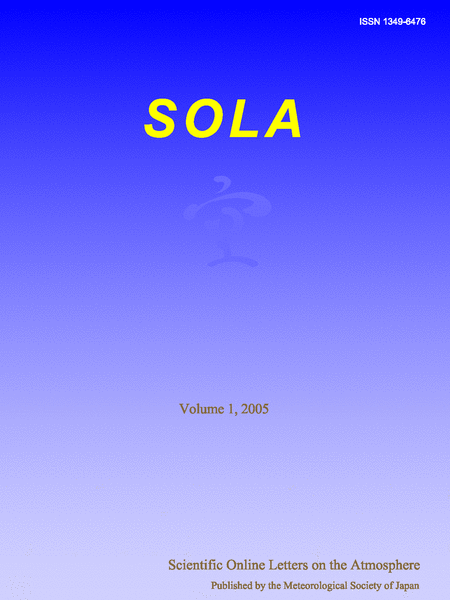The Years of the Maritime Continent or YMC is a multi-national and multi-year effort, which aims at improving our understanding and prediction skill of the weather-climate systems over the Maritime Continent (MC) as well as its global impact. Its field campaign phase has been started since July 2017 and is scheduled to continue beyond 2020. During the campaign period, many intensive observations have been/will be conducted. YMC data policy requires the campaign participants to provide scientific community with their quality-controlled data in timely manner. Indeed, its first dataset has been released since February 2019 from the YMC website at http://www.jamstec.go.jp/ymc/, and then more data are available now. In particular, since regional meteorological agencies from Indonesia, Philippines, Singapore, Malaysia, and Australia have agreed to provide their original high-resolution operational data such as radiosonde soundings, it is possible to study various temporal and spatial weather-climate phenomena over the MC using intensive observations and such operational high-resolution products.
This special edition on YMC jointly coordinated with
Journal of the Meteorological Society of Japan was designed to solicit submission of papers that use those field campaign data. In addition, as this special edition joins a cross-organization special collection on YMC arranged by seven professional organizations including
the American Geophysical Union, the American Meteorological Society, the Australian Meteorological and Oceanographic Society, the Chinese Geoscience Union, the European Geosciences Union, the Royal Meteorological Society, and
the Meteorological Society of Japan, we believe this edition will not only contribute to new MC sciences but also provide a bridge to those other communities, which may bring a new science interaction.
抄録全体を表示
